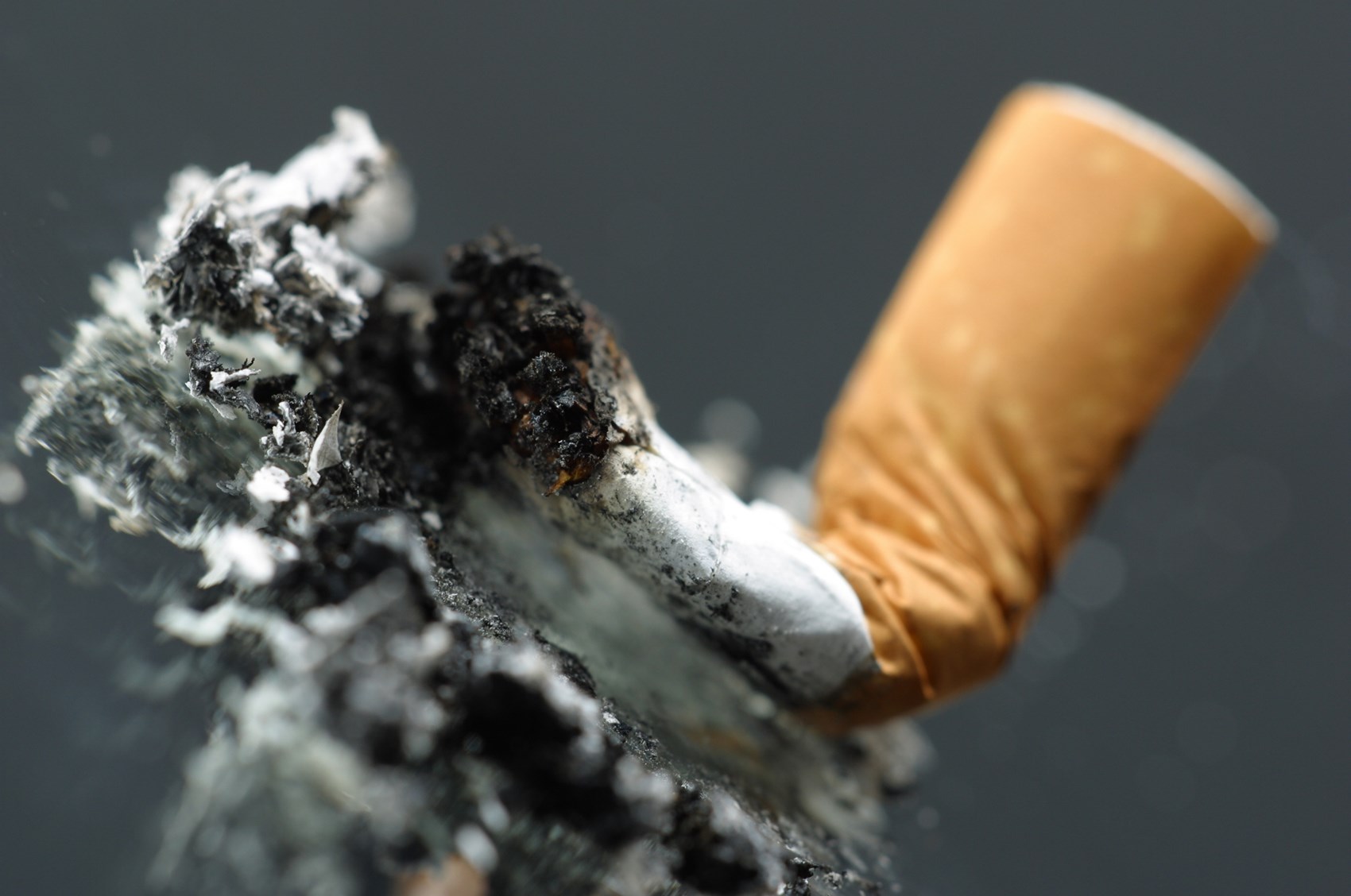Be part of the solution and make a difference

With renewed calls to limit both smoking and vaping in public spaces for health reasons including who and where it can take place, it is interesting to look further than the direct implications of inhaling smoke or vapour that contains nicotine.
Nicotine is a highly addictive substance found in the tobacco plant. Nicotine changes how our brains work, causing cravings for more, therefore soon an individual becomes dependent on it and is addicted.
Reducing dependency on nicotine can be difficult so the process of ‘weaning off’ via replacements such as patches, gum or vapes is seen as a positive approach to eventually quitting the need to absorb the addictive chemical. It is recognised that such products can also remove exposure to the other harmful effects of smoking tobacco. The NHS say that reduced risk of smoking-related diseases are:
“Your longer-term risks of cancer, lung disease, heart disease and stroke will be significantly reduced. After 1 year, the risk of heart attack halves compared to a smoker's, after 10 years, the risk of death from lung cancer falls to half that of a smoker, after 15 years, the risk of heart attack falls to the same as someone who has never smoked. You will also be less likely to develop type 2 diabetes, bone disease including osteoporosis, eye disease and dementia.”
The problem is that these replacement products are no longer just viewed as therapeutic devices to quit smoking tobacco, but as long-term alternatives or indeed a lifestyle choice and introduction to another addictive product.
The British Medical Association (BMA) have produced a report and wants action taken to stop this worrying trend. In a recent press release, Professor David Strain, chair of the BMA’s board of science, said:
“There is no denying we are living in a vaping epidemic. Vape usage has risen hugely in the last decade, with one in ten adults now vaping.
“However, far more worrying, is the increase in young people who vape, with almost six times more 11-17 year-olds vaping now compared with ten years ago.
“As a doctor, I understand the role vapes can play in helping people to stop smoking, but they have no rightful place in our children and young people’s lives and when it comes to protecting their health, we cannot afford to gamble.
“An industry so obviously targeting children with colours, flavours and branding, to push a product that can lead to nicotine addiction and potential further harms, cannot be allowed to happen any longer.
“And with two vapes thrown away every second in the UK, the environmental impact of this epidemic is disastrous.”
Their call is to ban “… the commercial sale of all disposable vapes, on the grounds of disproportionate and harmful use by children and young people and their adverse impact on the environment.”
There is also an unknown long-term impact of inhaling vapour beyond the known issues with nicotine addiction. Vapes according to various sources contain potentially harmful chemicals too which may include metals, cadmium, formaldehyde, propylene glycol and other cancer-causing chemicals, only time will tell if fears are proven.
In the context of psoriatic disease, all of the above applies, but it is equally worth considering the further effects too. In studies, tobacco smoking has been strongly associated with palmoplantar pustulosis. For nicotine, there have been some studies that suggest a worsening of inflammatory conditions including both skin and joints. The problem is that there is substantial evidence about the effects of tobacco smoking and very limited around the use of vapes and nicotine.
More investigation needs to be sought, absence of evidence is not evidence of absence, it is, therefore, important to be fully aware of what is known and consider what may not be known.
Sources:
BMA press release and NHS information.
